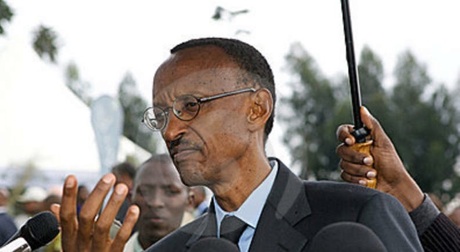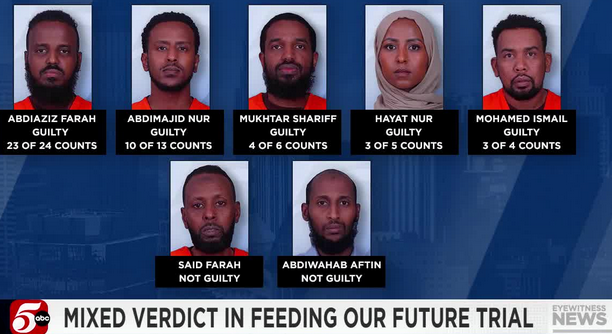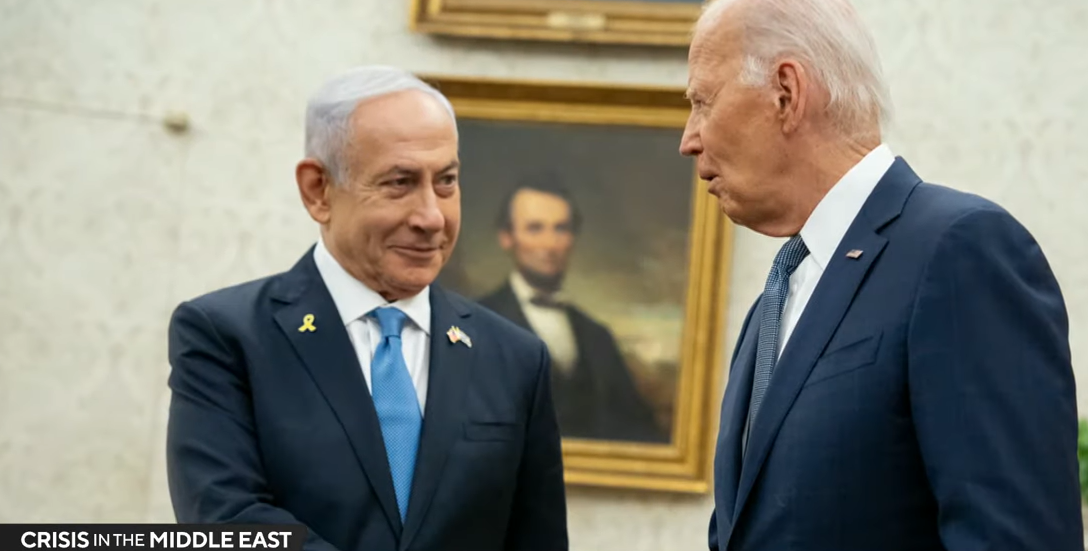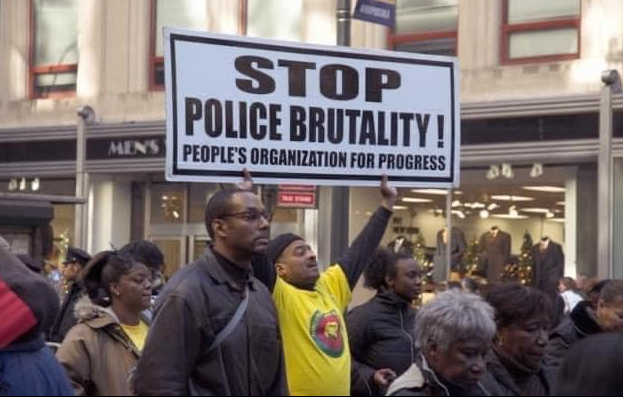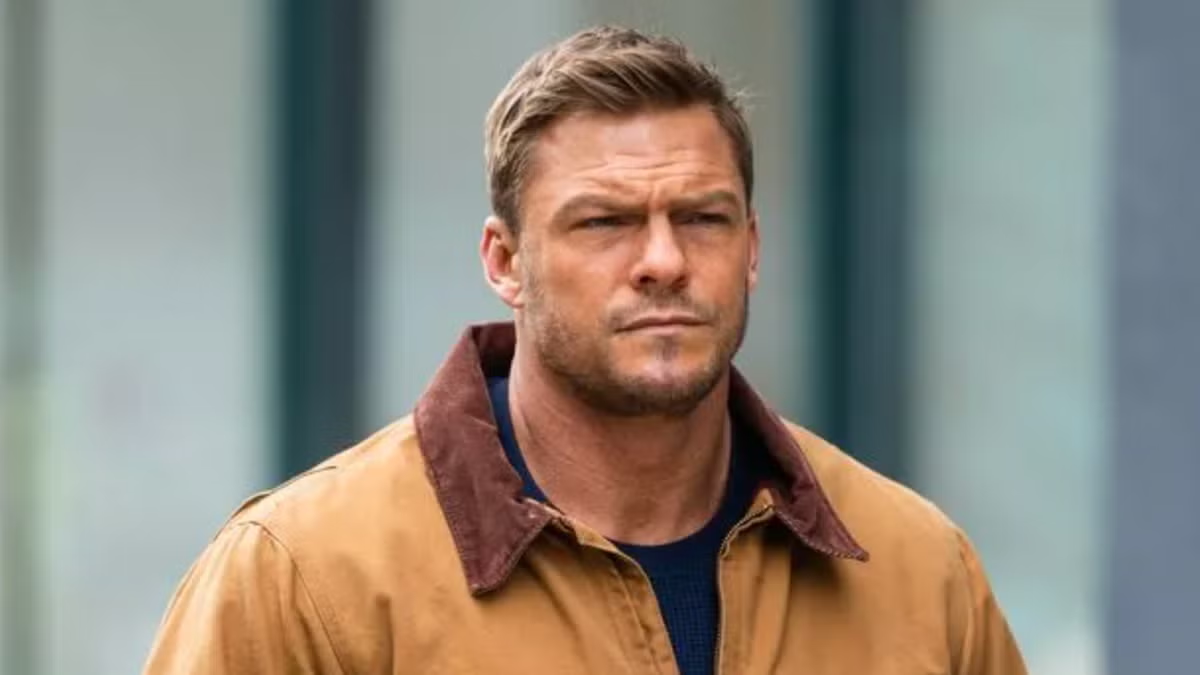Gen. Paul Kagame — even corporate media are now re-evaluating the narrative placing him as “savior”
[The Rwanda Calamity In Perspective]
April 6 marks exactly 20 years since the cataclysmic massacres that claimed hundreds of thousands of lives in Rwanda.
Rwandan Refugees in other East African countries and Diaspora who had enrolled into Uganda President Yoweri Museveni’s National Resistance Army (NRA), now the Uganda People’s Defense Force (UPDF) invaded Rwanda on October 1, 1990.
At the time of the invasion Paul Kagame, who is now President of Rwanda, was the chief of Military Intelligence in Uganda and had been sent by Museveni for U.S. training at Fort Leavenworth, Kansas.
The invasion sparked a destructive chain, including the recurrent invasions of the Democratic Republic of Congo (DRC), that all told may have cost the lives of six million or more Rwandans and Congolese.
To contextualize the calamity, this writer caught up with Peter Erlinder, a law professor at William Mitchell Law College in Saint Paul, Minnesota. Erlinder has a new book “The Accidental Genocide,” that covers the period before and after the massacres that started on April 7, 1994 after the plane carrying the president of Rwanda Juvenal Habyarimana, and Burundi’s Cyprien Ntaryamira was shot down with a missile. Prof. Erlinder’s book relies on U.S. documents and documents from the International Criminal Tribunal for Rwanda (ICTR) where he was a lead defense counsel for the Hutu defendants tried after the war.
The American law professor has been critical of what he calls the “victors’ justice in Rwanda,” contending that RPF soldiers and commanders were never tried for the war crimes that they committed and only the defeated army of Habyarimana were brought to book.
Erlinder had been arrested in Rwanda where he had traveled to defend the presidential aspiring candidate Victoire Ingabire Umuhoza who had been charged with “genocide denial ideology”. She remains incarcerated.
He tells me: “The winners of the war have told their side of the story, but there is another story, which is reflected in the UN, and the US documents but never came to light”.
Erlinder contends both sides committed the crimes but that a story told by the winner doesn’t reflect the level of culpability.
That’s what he says his book does. The book contains evidence used in the ICTR trials and copies of the originally suppressed UN and US Government documents related to the assassination of two heads of state, President Habyarimana of Rwanda and Ntaryamira.
The day after the assassination large-scale massacres started and estimates of those killed in the next 100 days range from 800,000 to a million. Later the genocidal killings were exported to the neighbouring Democratic Republic of Congo (DRC), the former Zaire; the killings continue in the Congo.
The assassination and the 100 days of killings shattered the Arusha Peace Accord which had established a transitional government of national unity with power-sharing between Habyarimana’s party, another opposition party, and the RPF, which ultimately seized the power.
Q: As we are getting closer to the 20th anniversary of Rwandan Genocide; what does this mean to you?
A: During the past 20 years, we have learned that a UN Tribunal charged with prosecuting all crimes that were committed in Rwanda during 1994 has prosecuted only crimes charged to the defeated and none have been charged to the victors. This means the four-year war of aggression and invasion of the RPF supported by Uganda [about which there is no dispute] is the first in history in which only the defending side committed crimes, or like Nuremberg and the Tokyo Tribunals, the supposedly neutral UN Tribunal was actually a victor’s tribunal. As former U.S. Secretary of [Defense] Robert McNamara admitted in the documentary The Fog of War ‘Had the Japanese won the war, those of us who planned the gasoline bombing of Tokyo would have been the war criminals.’ Until a fair assignment of mutual responsibility is reached, long-lasting peace in Rwanda and central Africa will be difficult to achieve.
Q: How would you like people to look at this eventful day April 6 which many believe to have triggered the 1994 genocide and today’s debate and narrative?
A: As early as 1997 UN Prosecutors recommended that Paul Kagame be prosecuted for the assassinations of Presidents Habyarimana and Ntaryamira. The U.S. removed U.N Prosecutor Del Ponte from office when she insisted on doing so on May 15, 2003. Former Chief of Staff to Kagame, Dr. Theogene Rudesingwa has admitted being involved in the cover-up. The detailed testimony in the ICTR Military-1 case resulted in every Trial Chamber, and the Appeal Chamber, agreeing that the former Rwandan military were not engaged in any criminal conspiracy before the assassination of President Habyarimana…. that would include the assassination itself. I would like people to look at the same evidence that convinced ALL of the ICTR judges.
Q: People wonder and would like to understand why very few people accused of being perpetrators of Rwandan Genocide have actually been convicted?
A: Many, if not most, have been convicted of crimes committed after the assassination of President Habyarimana. All national leaders have been acquitted of crimes of conspiracy and planning before the assassination because the Kagame regime and UN Prosecutors have no evidence to support their claim that a long-planned conspiracy to commit genocide against Tutsi, or any other civilians actually existed.
Q: Since you were privy to a lot of documents regarding the events that were taking place during the 100 days. Can you give a brief picture of what could have happened based on the documents you managed to access?
A: The main point, according to the UN documents, not me, is that the RPF was the dominant military force capable of seizing power as of February 1993. This is confirmed by Gen. Dallaire’s Recon Report of September 1993 long before UNAMIR arrived in Rwanda. U.S. documents show it was the RPF that blocked power-sharing in late March 1994, not Habyarimana. The assassinations were committed on the order of Kagame which he was told by the U.S. Ambassador would bring mass violence like Burundi after President Ndadaye was assassinated in October 1993. The RPF assault from April 6 to April 20 took over eastern half of country in a long-planned Blitzkrieg. Only RPF had military power to stop the killings by stopping their military advance….Dallaire said they refused to do so because Kagame was winning the war.
Q: There are people wondering that — how come that the winners of the 1990s Rwandan war lost many people than the losers. How can you explain this theory that, the winner lost many people in the battle whilst the loser lost very few?
A: Actual numbers from Rwandan government and all NGO reports, compiled by [Christian] Davenport and [Allan] Stamm, show that twice as many Hutus were victims as Tutsi — these are best numbers I am aware of.
Q: There are people who still want to get a clear picture. By April 6, what percentage of the country was occupied by the RPF?
A: Less than 10% on April 6. About half on April 20th…entire eastern half.
Q: There were these disturbing images; which I believe you have seen before. If you revisit your TV images of bodies of Rwandese were floating on Lake Victoria. People who witnessed these bodies claim this style was common during the National Resistance Army (NRA). There is a general belief that this style of killing could have been borrowed from the NRA war of Luwero in Uganda in the early 1980s. As a person who has gone through many documents that include intelligence information is there a possibility that the RPF could have borrowed this style? Or who trained the Hutus to use the same Luwero style?
A: I am not aware of this comparison but I have heard reports from former RPF fighters that using farm implements rather than bullets was preferred to save ammunition for military battles.
Q: Knowing the geographic area of River Akagera in Rwanda and how its waters flow how did the Hutu manage to kill the Tutsi, ferry the bodies into Akagera River, which is in an area then occupied by the RPF?
A: Because RPF controlled eastern half of Rwanda no later than April 20, it is reasonable that bodies in Akagera are RPF’s responsibility. On May 17, 1994, a UNHCR report makes this explicit by reporting mass killings and bodies floating in the river. The document is in my book.
Q: There are people out there who want to get the facts, which are consistent with realities. Do you know what was the population of Rwanda? Do you have the knowledge of what was the percentage of Hutus out of the entire population before the genocide?
A: Yes this is in my book, too. And, in the Dallaire Recon Report. The 1991 census and estimates given Dallaire by the parties in 1993 are not too different.
Q: As a person who accessed several documents during your time at the ICTR Court, what arrangements have you made to enable people to know what really transpired in Rwanda?
A: Accidental Genocide. www.rwandadocumentsproject.net
Q: Some people claim that the current Rwandan authority has invested hugely to hunt down and eliminate those perceived to be with the different version from the official known version. How true is this claim? Are there some examples to backup this claim that Kagame has invested hugely to hunt down those who disagree with his views that the Hutus committed the genocide?
Madam Victoire Ingabire Umuhoza’s analysis of the Rwandan genocide. She believes there were double genocide and all the perpetrators should be held to account for their respective actions. Ms. Ingabire also believes that most Gacaca Courts have been used or influenced by Kagame to settle political scores than bringing justice. What is your comment about Ingabire’s analysis?
A: Ms. Ingabire is essentially correct. The problem with the double genocide theory is that it implies planning on both sides. There is no evidence this is true. There is evidence for mass violence committed against Tutsi after the assassination of Habyarimana and Ntaryamira which was predicted to occur, as it did, after the assassination of Ndadaye, but this was not planned, in Burundi or Rwanda. The mass killing of Hutu in Burundi was a government operation and was genocide by the army. The RPF consciously planned for the mass-violence against Tutsi to occur in Rwanda to justify resuming the war and making use of their superior military power, rather than give-up power through the Arusha peace process…This is clear from U.S. State Department documents of April 1, 1994.
Q: Madam Carla De Ponte wrote a book in which she claimed to have advised the arrest and prosecution of RPF officials but was removed from office. It is also believed she went to Washington to tell Obama to investigate Clinton’s behavior and role in the 1994 Rwandan genocide. Why do you think Madam Carla Del Ponte was ignored?
A: She was not only ignored, we know she was removed from office. Her press conference in Arusha announcing Kagame had killed Habyarimana and the RPF had committed mass crimes is what got me interested in the ICTR in the first place in 2003.
Q: We know that the International Criminal Court for Rwanda (ICTR) tried almost all the former Hutu Military and political leaders, but why didn’t it convict anybody of organizing the genocide?
A: Because there is no evidence that the ‘genocide was organized.’ Col Bagosora the supposed architect was convicted of crimes committed by soldiers he did not command, committed on April 7, 8, 9.
Q: For those who want to access the literature of the Rwandan War where can they find it?
A: Most tells the common story, but can be read for background. Robin Philpot’s recent book, Dr. [Helmut[ Strizek, Dr. Davenport, Dr. Stam, Dr. Filip Reyntjens‘ articles and my recent book are the beginning of the narrative based on the acquittals at the ICTR and solid evidence.
The BBC documentary on assassinations in South Africa was quite good, on March 27th I think.
The Accidental Genocide is available for public purchase in hardcopy Research Edition format on Amazon.com


